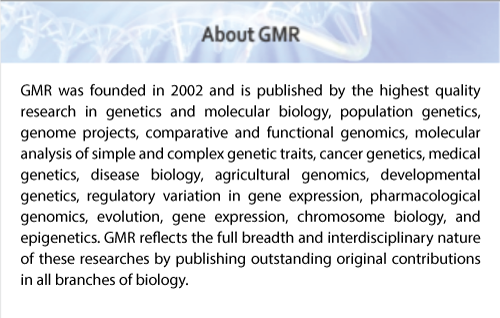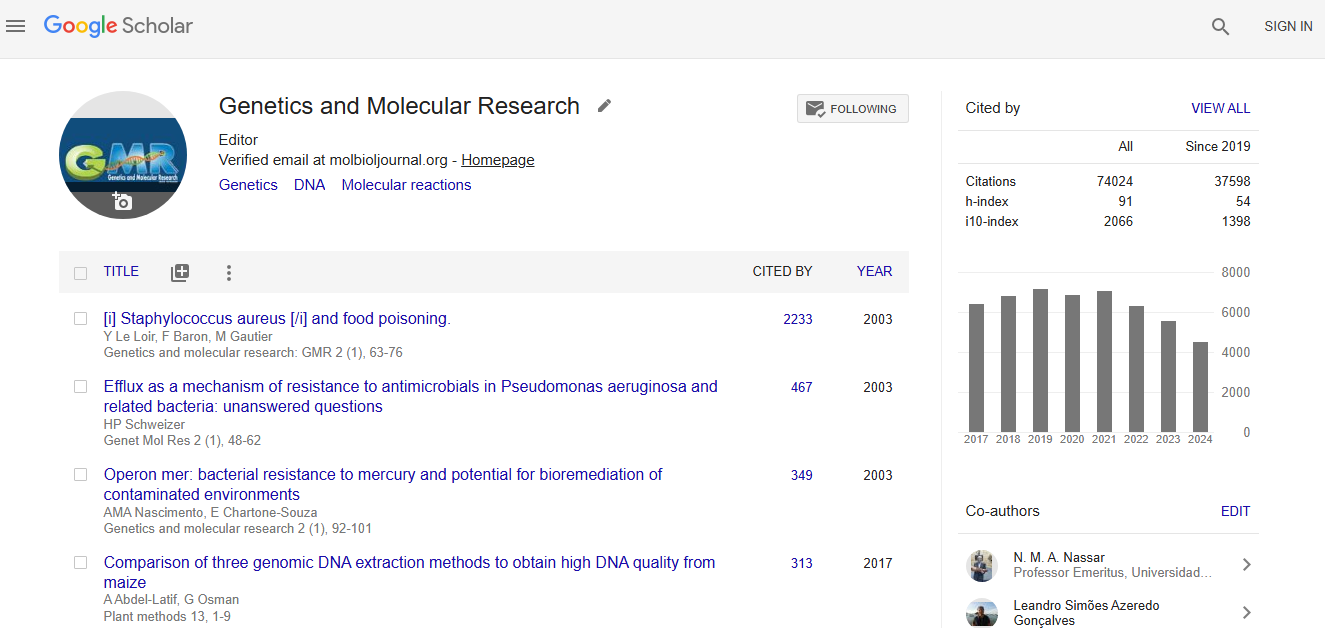Abstract
Prevalence of �?²-lactamase classes A, C, and D among clinical isolates of Pseudomonas aeruginosa from a tertiary-level hospital in Bangkok, Thailand
Author(s): C. Katvoravutthichai, K. Boonbumrung and R. TiyawisutsriPseudomonas aeruginosa is one of the most important causes of nosocomial infection and it has increasing resistance to many antimicrobial agents. β-lactamase production is the most frequent mechanism for β-lactam resistance in P. aeruginosa. We evaluated the prevalence of β-lactamase genes in P. aeruginosa for classes A, C, and D by polymerase chain reaction, and investigated clonal diversity by pulsed-field gel electrophoresis (PFGE). We used the disk diffusionmethod to test 118 non-duplicate clinical isolates of P. aeruginosa for antimicrobial susceptibility. We identified 51 isolates (43.22%) as multidrug-resistant P. aeruginosa, approximately 44.91% of which were resistant to ceftazidime. β-lactamase genes were found in 80 isolates of P. aeruginosa (67.80%). The genes that encode VEB-1, AmpC, and OXA-10 were detected in 9 (7.62%), 75 (63.56%), and 18 (15.25%) of these isolates, respectively. The genes that encode PER-1, CTX-M, TEM-1 and derivatives, and SHV-1 were not found in any of the P. aeruginosa isolates. We identified 29 different pulsotypes by PFGE. Two predominant pulsotypes were found. In pulsotype 1, OXA- 10, which was co-produced with the AmpC gene, was predominant. Moreover, VEB-1-producing strains were found to be scattered in many pulsotypes, and AmpC-producing strains showed high pulsotype diversity. The prevalence of β-lactamase genes in P. aeruginosa was represented by the genetic heterogeneity of OXA-10, AmpC, and VEB-1. The predominant clone of P. aeruginosa clinical isolates was OXA-10. This raises concern about oxacillinases among P. aeruginosa clinical isolates.
Impact Factor an Index

Google scholar citation report
Citations : 74024
Genetics and Molecular Research received 74024 citations as per google scholar report
